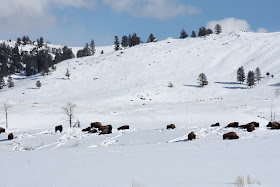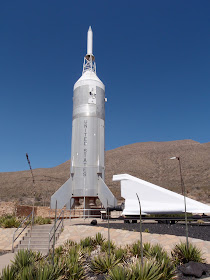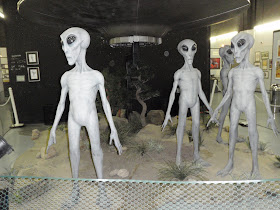 |
| If this is your idea of a relaxed beach vacation, then North Captiva is the island for you. |
North, (or Upper), Captiva is accessible only by air or boat. The island is a throw-back to the days before cars and highways. Electric golf carts with attached wagons transport you and your gear to a rental house. You may rent a golf cart to drive the sandy paths, and perhaps to visit one of the few restaurants or shops on North Captiva. The pounding surf and the cries of ospreys and sea birds are the only sounds you'll hear on this tranquil isle.
 |
| White Ibises search for a tasty morsel in the sand. |
 |
| A Snowy Egret takes off across the marsh. |
 |
| White Pelicans congregate by an inlet. |
Search for shells, photograph birds, stroll the beach, or relax on your lanai. February or March is the right time for a Florida get-away, and a week on North Captiva Island is the ideal tonic for those wintertime blues.
 |
| Colorful conch shells are found in the frothy surf. |
 |
| North Captiva beaches are littered with shells like these. Shells keep the island's sand in place and provide food for birds and fish. |
 |
| A sampling of our shell collection. Intact Sand Dollars are easy to find on North Captiva's beaches. |
North Captiva memories will sustain you for a lifetime. Plan your North Captiva idyll by visiting this website: http://www.northcaptiva.com/default.aspx?n=295377
Fort Myers is easy to fly into and is the nearest Florida city to North Captiva. Don't forget to bring your shorebird and seashell identification guides or apps.
 |
| Ahhh, Florida. |











